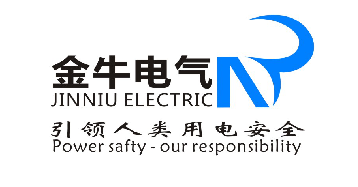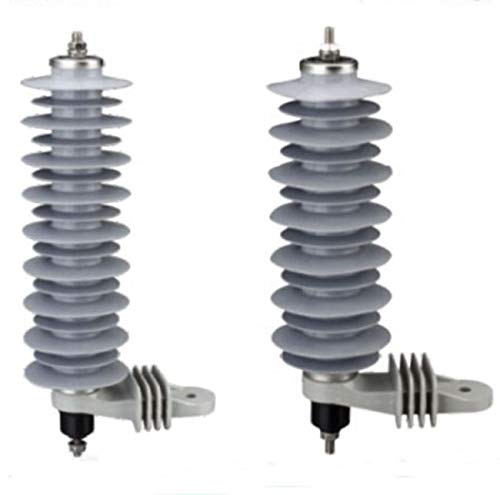
The arrester is connected between the cable and the ground, usually in parallel with the protected equipment. The arrester can effectively protect the communication equipment. Once an abnormal voltage occurs, the arrester will act and play a protective role. When the communication cable or equipment is running under normal working voltage, the arrester will not work, and it is regarded as an open circuit to the ground. Once a high voltage occurs and the insulation of the protected equipment is endangered, the arrester will act immediately to guide the high-voltage surge current to the ground, thereby limiting the voltage amplitude and protecting the insulation of communication cables and equipment. When the overvoltage disappears, the arrester quickly returns to its original state, so that the communication line can work normally.
Therefore, the main function of the arrester is to cut the invading flow wave and reduce the overvoltage value of the protected equipment through the function of the parallel discharge gap or the nonlinear resistor, thereby protecting the communication line and equipment.
Lightning arresters can be used not only to protect against high voltages generated by lightning, but also to protect against operating high voltages.

The role of the arrester is to protect various electrical equipment in the power system from being damaged by lightning overvoltage, operating overvoltage, and power frequency transient overvoltage. The main types of arresters are protective gap, valve arrester and zinc oxide arrester. The protection gap is mainly used to limit the atmospheric overvoltage, and is generally used for the protection of the incoming line section of the power distribution system, lines and substations. Valve type arrester and zinc oxide arrester are used for the protection of substations and power plants. In systems of 500KV and below, they are mainly used to limit atmospheric overvoltage. Backup protection.






